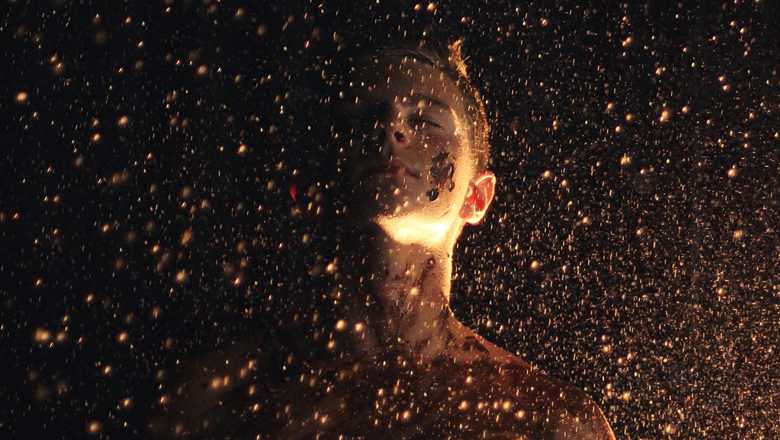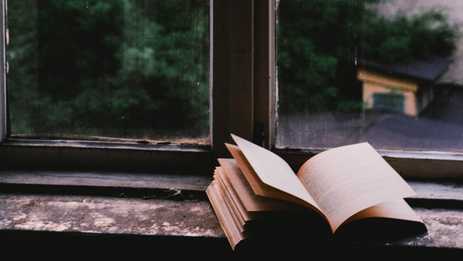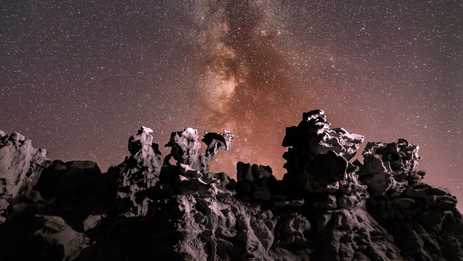One of the most prolific writers of magical realism, Salman Rushdie, calls the genre ‘a commingling of the improbable and the mundane’ … But what exactly does that mean?
In magical realist literature, infant ghosts come back to join their still-living mothers (Toni Morrison’s Beloved) and the right confection can change your character (Chocolat by Joanne Harris) – and no one so much as bats an eyelid at any of it.
A note on terminology
You’ll come across a number of terms related to magical realism. Most often you’ll hear talk of ‘magic realism’, and sometimes even ‘marvellous realism’. These alternatives tend to be used as synonyms for magical realism, which is okay, but not technically correct.
Magic realism more properly describes paintings with fantasy or dream-like elements. Marvellous realism originally pointed to common perspectives found in the art and literature of diverse South American cultures.
What magical realism (probably) isn’t
The late, great Terry Pratchett once said that identifying yourself as a magical realist author was ‘like a polite way of saying you write fantasy’.
While it’s true that critics and prize-givers value magical realism over fantasy, others see real differences. The academic Maggie Ann Bowers insists that there’s a major distinction between the two genres.
Bowers feels that in fantasy, improbable events are treated as something extraordinary. In magical realism, by contrast, they’re perfectly ordinary happenings.
I’m not so sure the two can be separated so neatly, but this doesn’t seem like a bad rule of thumb.
Where does magical realism come from?
If you’d asked me this before I did my creative writing MA, I’d have replied, ‘South America, of course.’ But although South American writers have loomed large, I’d have been totally wrong.
The magical realist timeline has its origin in Central Europe in 1915, with the publication of Franz Kafka’s Metamorphosis. In this story, after an uneasy night filled with bad dreams, Gregor Samsa famously wakes up to find that he’s turned into a giant cockroach and must work out how to keep life as normal as possible.
This, Kafka’s most famous work, was published ten years before the term magic realism was even coined (by the German art critic Franz Roh). It wasn’t for another two decades that South American writers officially entered the fray, but when they arrived, they came with a bang. Borges published The Aleph, and the stage was set for a genre revolution.
South American authors like Isabel Allende and Gabriel Garcia Marquez come to most people’s minds when you say the term ‘magical realism’, but in the late 1980s Salman Rushdie put the spotlight on the genre for English-speaking countries.
Since then, still more English language writers have found their own magical realist angle, among them Alice Hoffman, Audrey Niffenegger, Neil Gaiman and Patrick Ness.
Major characteristics of magical realism
- It’s disruptive – The winning side may well write history, but magical realist authors get to overturn the official version of events. That’s why this genre is so often political. Think Jean Rhys’s The Wide Sargasso Sea, which takes a fresh look at the first Mrs Rochester from Jane Eyre.
- It’s inclusive – You can’t enjoy magical realism if you think your perspective is the only truth. The very act of reading works in this genre will broaden your horizons.
- It’s credible – This is a tough challenge for the writer. When writing magical realism, you must make your readers believe in the mundanity of the magical events. ‘So your hubby has a genetic mutation which leads to spontaneous time travel, eh? Bummer’, is the sort of response you’re looking for.
- It never explains – Unlike genres such as hard fantasy and science fiction, magical realist writers don’t disclose the causes or mechanisms of magic. This withholding is seen as an important factor in creating a realistic effect. So we never do find out why Gregor became an insect, and Kafka’s story is all the better for it.
When you write a work of magical realism, you join a tradition that includes some of the greatest authors in history. You’ll also be creating a work that sits somewhere between conventional literary fiction and fantasy: the very embodiment of transgression.
It takes a confident writer to handle this particular reality.





